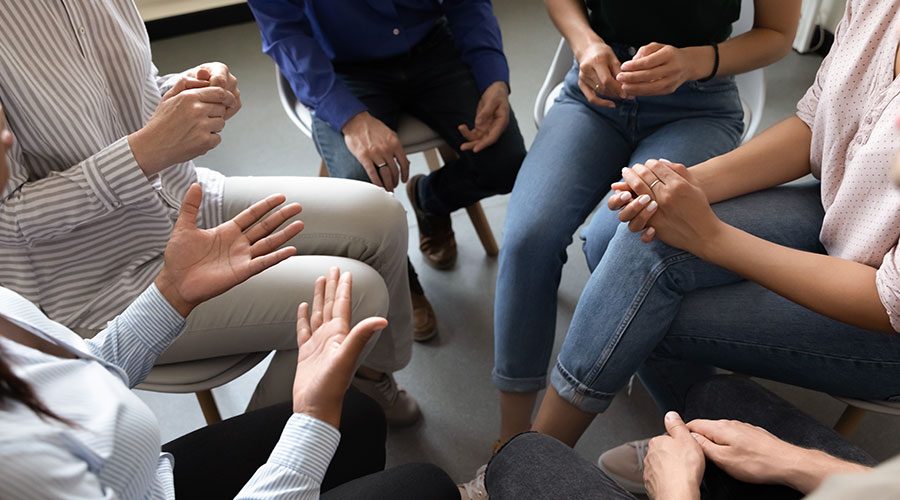Community Engagement Plays Vital Role in New Healthcare Facilities

Designers want to bolster communities rather than take away from neighborhoods.
In larger metropolitan areas, more neighborhoods are beginning to get gentrified as land developers purchase more buildings and plots of land. Gone are the close-knit communities and block parties. Now high-rise, luxury apartments and microbreweries are occupying spaces where children once played with their neighbors. More and more families are being pushed out of communities because they are becoming unaffordable.
It’s always a bit worrisome when an old building or a plot of land is purchased in a neighborhood that is rich with community. When it comes to building a healthcare facility, designers want to bolster the community, not take away from it. Knowing the trepidations people may have, designers are now seeking community input for new buildings in hopes of keeping people more connected and engaged than ever.
Healthcare Facilities Today recently spoke with Roderic Walton, principal at Moody Nolan about how designers are connecting with community members to get feedback on new healthcare facilities and what this means for design.
HFT: What role does community engagement play in the design process for new healthcare facilities?
Roderic Walton: The role of each community stakeholder is to define the project’s goals in their own words and through their own lens. Impactful healthcare environments are built on the cornerstone of close collaboration between architects and the community we serve. By actively engaging stakeholders throughout the design process, architects gain invaluable insights into the specific needs and priorities of users, ensuring the final design responds directly to these requests. The desired outcome is that the community recognizes their input on the design from the first moment they inhabit the space.
HFT: How early in the development process should designers start engaging with the community?
Walton: Design teams should strive to understand what matters most to the community early in the pre-design and programming phase of the project. The full spectrum of services a health center will provide, informed by this early feedback, should dictate the design direction from that point forward. Early stakeholder engagement is crucial to understand community needs and shape a responsive, forward-thinking process from day one.
HFT: What methods are recommended to use to engage with the community during the design process?
Walton: To create buildings that truly reflect the communities being served, design teams can foster open dialogue through events such as pre-design community listening sessions. By supporting discussions regarding preferred materials, desired site features, essential programming elements, and how to improve equity, architects gain valuable insights into community values and service expectations. This empowers the community to provide feedback that directly addresses their needs and aspirations for their neighborhood.
HFT: How can designers ensure a diverse representation of the community in engagement efforts?
Walton: Culture is a powerful lens for understanding community needs, emotions, and perceptions. Integrating local cultural elements into healthcare solutions demonstrably improves patient satisfaction and potentially even health outcomes for individuals and the broader community. To achieve this, comprehensive community engagement is crucial, ensuring diverse voices and perspectives are heard and represented in the final design. This is accomplished by partnering with community advocates to ensure that the stakeholders represented early in the process reflect the community’s most trusted voices.
HFT: Can you describe a time when community feedback significantly influenced the design of a project?
Walton: Our collaboration with the Woodlawn community on Friend Health’s headquarters transcended traditional healthcare design. By prioritizing accessibility, we chose a site well-served by public transportation, minimizing barriers for patients. This commitment to inclusivity extends to The Woodlawn Community Hub, a public space within the building that fosters connection by hosting speakers, community groups, meetings, and training sessions. This project embodies Friend Health’s holistic approach to health and wellness.
Mackenna Moralez is the associate editor of the facilities market.
The post "Community Engagement Plays Vital Role in New Healthcare Facilities" appeared first on Healthcare Facilities Today

